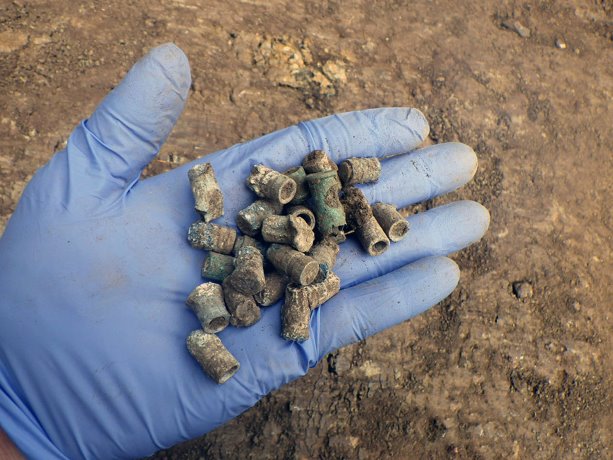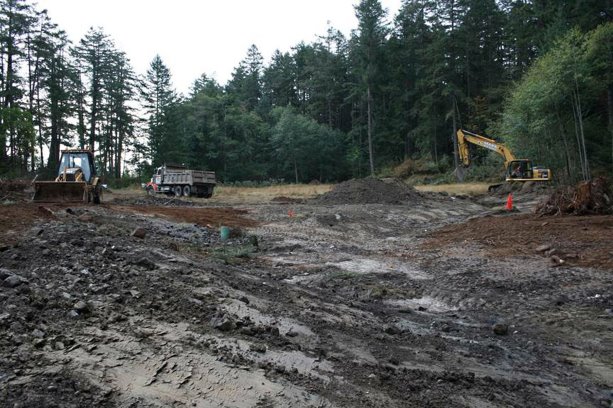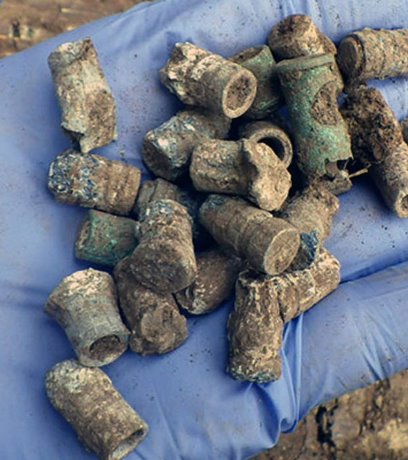A century ago it made perfect sense to locate a firing range in the woods away from passersby. But today the former Thetis Lake Pistol Range was located on the edge of the Capital Region District’s (CRD) Thetis Lake Regional Park, where soil contaminated by lead, copper and zinc is decidedly unwelcome.
A multi-year remediation by CRD’s Capital Parks and Environmental Services Department is seeing the site restored to naturalized parkland.
The pistol range was used by local police departments and recreational shooters in the Victoria area since the turn of the previous century. Ownership and management of the site were transferred to the CRD in 1994 and the pistol range was permanently closed in 1999.
Typical of outdoor shooting ranges, the land had been cleared of trees and a berm was constructed to absorb ammunition passing through targets.
“There were bullets and casings in the berm and surrounding soil,” says Korene Torney, supervisor, geo-environmental programs with CRD. “This sort of contamination is common at shooting ranges. Usually, only the top six inches of soil are contaminated because the bullets don’t penetrate any further.”

Photo: Capital Region District
Remediation of the site had been on CRD’s radar since 2002. Funds were set aside during the following decade and the project was approved in 2013. Site assessment and removal of the contaminated soil layer was completed in 2014 under the management of SNC-Lavalin.
“The berm and a layer of contaminated soil was stripped off and safely disposed of at a waste facility,” says Torney.
Once the site passed a subsequent environmental risk assessment, based on provincial parkland standards, naturalization work began.
“My job was to restore the site to parkland,” says Todd Golumbia, an environmental conservation specialist with CRD. “Before the site was a pistol range, it was a wetland.”
Almost a century ago, the site had been topped with a metre to a metre-and-a-half of clay and engineered drainage was provided by a pipe running underneath the site.
“The surface soil was dry and hard and contained no nutrients,” says Golumbia. “But there was no way we could remove that much clay from three or four acres. Instead, we took native forest soil and organic material that had been excavated elsewhere for a parking lot, placed it on top of the clay and tried to recreate the conditions of the neighbouring forest.”

Photo: Capital Region District
The clay itself had helped to prevent migration of contaminants from the bullet-riddled surface soil into the water table below. Workers now deposited fresh forest soil on the exposed clay. Naturalized woody debris, such as logs and stumps, were also placed on the site.
“We then brought water back up to the surface by redirecting the drainage pipe and building an engineered swale — a marshy waterway — to mimic a natural creek,” says Golumbia. “The vegetation in the swale slows the water down as it spills into other wet areas, reduces sediment load and helps to feed the new forest.”
Earthwork was performed by a mix of CRD staff and workers from Don Mann Excavating Ltd. of Victoria.
“The workers seemed to really enjoy the project, building up a forest floor instead of excavating earth,” says Golumbia.
Workers next planted a mix of local native grasses and plant species. They also planted 800 trees, most of them Douglas-Fir of the type found nearby.
All construction work on the site has been completed. Total cost for the project was $787,330, which included a B.C. Brownfields Renewal grant of $74,720.
“We’ll get natural seed fall from the vegetation we planted as the area naturalizes,” says Golumbia. “It may be bit of a challenge for the trees to set roots through the clay as they get larger, but we believe the roots got a good hold this summer when we planted them.”











Recent Comments
comments for this post are closed